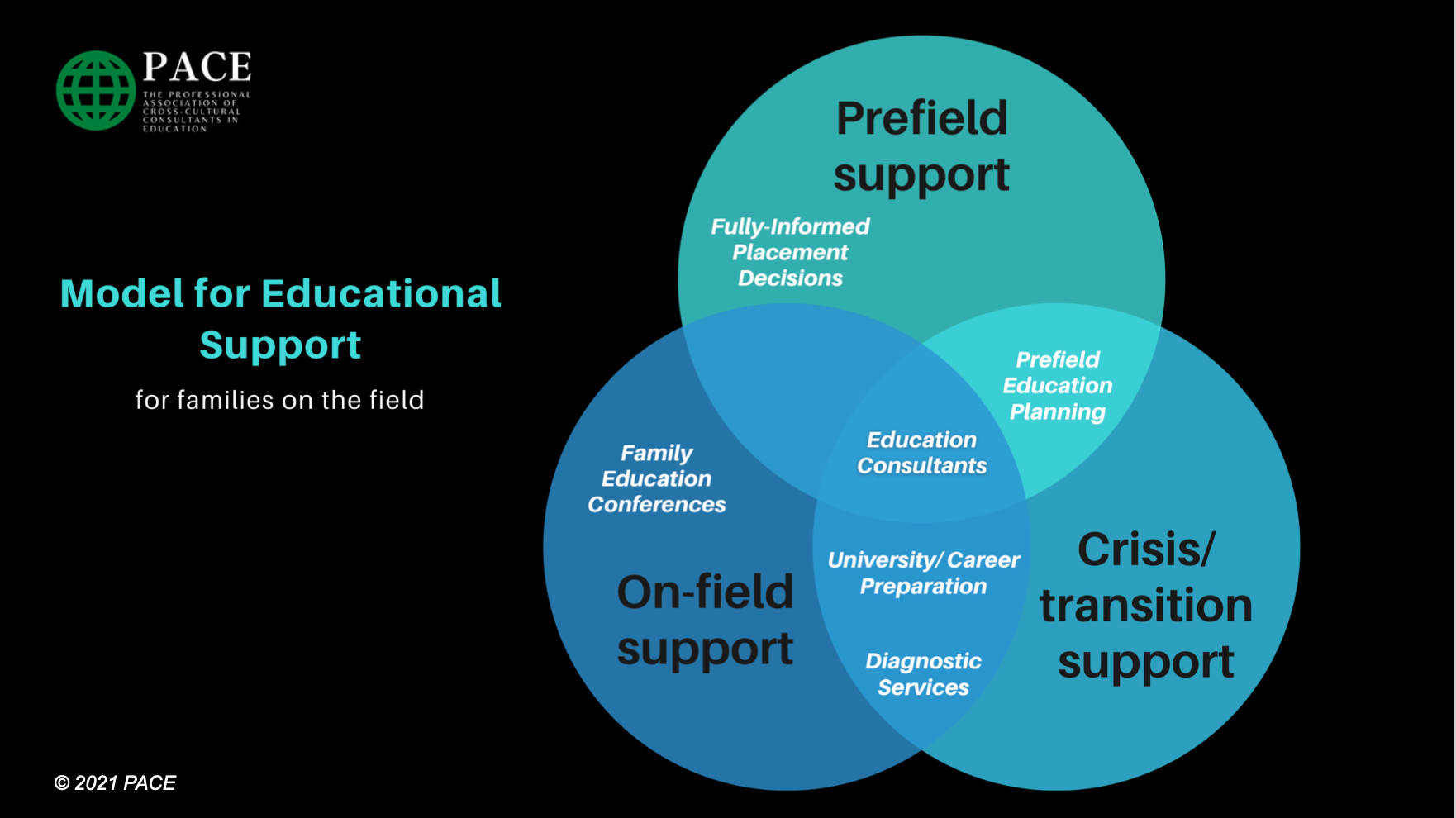In March, many education consultants gathered in person at the MK Education Summit near Atlanta…
Building Reading Skills
[author] [author_info]Our guest blogger this month is Jennifer Moline, now with Wycliffe. She has served as a teacher to TCKs in Russia and as an education consultant with SHARE and The Navigators.[/author_info] [/author]
“So please, oh PLEASE, we beg, we pray,
Go throw your TV set away,
And in its place you can install, A lovely bookshelf on the wall.”
— Roald Dahl, Charlie and the Chocolate Factory
I can still remember at the end of hot and humid school days listening to my 4th grade teacher read aloud to us How to eat fried worms. I remember the laughter and shrieks of the kids in the class as we listened to Mr. Stimpson read with skill and enthusiasm. He captured our attention had us on the edge of our seats.
I also remember laying on the couch with my mother while she read aloud The Little House on the Prairie. She must have been very tired (But never too tired to read to us!) because she would start falling asleep mid-sentence. Allowing our mother no rest, my sister and I would nudge her to wake her up so she could finish reading!
I surely hope that you have your own memories of someone reading aloud to you. Aside from the bonding and memory-making that reading aloud provides, it of course offers innumerable benefits developmentally and cognitively.
Scaffolding the reading process
One of the many practical things that reading aloud provides is a chance to model for the child how to think when they are reading. Then, when they begin reading on their own for comprehension, they can practice that cognitive processing when we are right there with them. The hope then is that when the child picks up a book to read by himself, the modeling and the practice will have set a foundation for him from which to continue developing good reading habits!
“Research shows that how you share books with your child is even more important than how often you do it.” When reading stories aloud to children, whether it’s picture books, chapter books, or a newspaper article, parents can be encouraged to use the simple technique of “Before, During, After.” As parents use this technique it teaches the children how to process their own reading, and how to think. It shouldn’t be overused, but in just the right dose, it is powerful!
Before, During, and After Reading
Good readers are always interactive with their reading. As adults we do this so subconsciously it seems silly to think of teaching it.
– We go into a bookstore and a title or a picture of a book grabs our attention. Immediately, we make predictions about what the book is about. We make personal connections with the title or pictures and become curious. That curiosity becomes our purpose for reading. We want to learn more about…, we want to read an exciting book to escape the troubles of the day… (Before Reading)
– As we’re reading a novel and have to put it down for later, or even as we turn the next page, our minds start churning about what might happen next. (During Reading)
– And after reading, when the selection is done we either want to talk about it with someone else, or we want some solitude to “digest” and process the book. We mull over the “who, what, where, when, why and how” of the book. (After Reading)
Some children pick up these skills in an automatic fashion, while others need more specific and intentional teaching. Following these 3 steps while reading aloud can launch children in the right direction.
Before Reading: Connect the subject of the story to a child’s prior knowledge or experience (e.g., before reading The Little Engine That Could, ask if the child has ever seen or ridden a train). Let the child talk about the experience, then state that the story you’re going to read is about a train that delivers toys to children. Building new information onto previously learned concepts increases interest, comprehension, and retention. Non-Fiction: Set a purpose for reading: “Remember when we saw the butterfly outside? Let’s find out how butterflies grow.” Better yet, have your child set the purpose for reading!
During Reading: Stop at key points in the story to ask what the student thinks will happen next. Stop later to confirm predictions. Discuss why events did or did not turn out as predicted. Non-Fiction: Go back to purpose – what have you learned so far?
After Reading: After reading a story, have the child explain it in his own words. 5 W’s – Who, What, Where, When, Why, How and personal connections. (See below) Have the student generate their own questions. Ask them, “What do you wonder about in this story? Bring in values, truths, character lessons, current happenings.
For more research based information, I’d recommend the following:
© 2012-2023 PACE
All rights reserved


